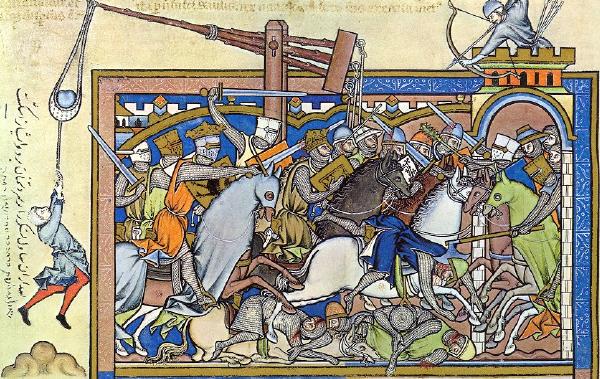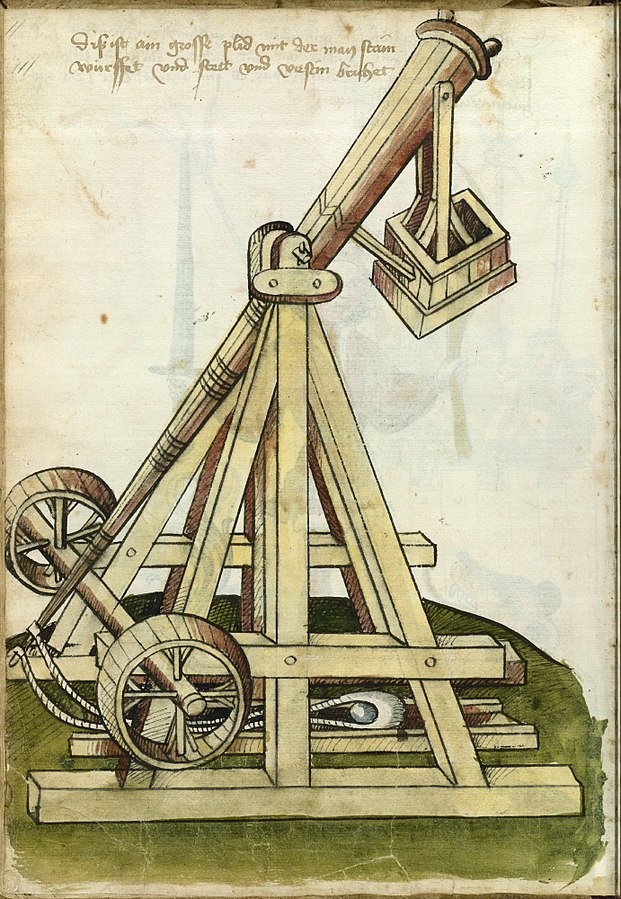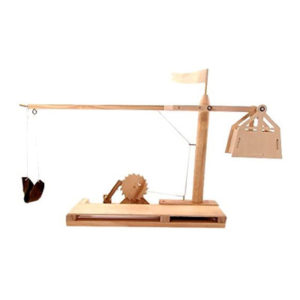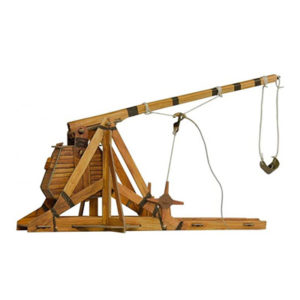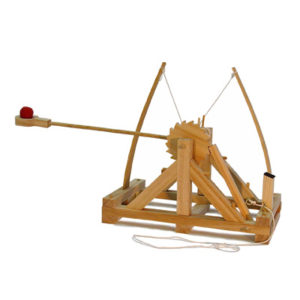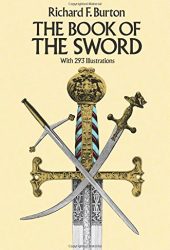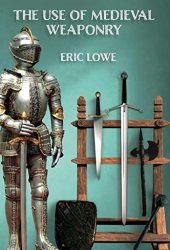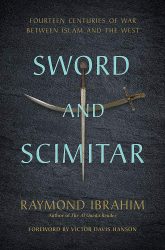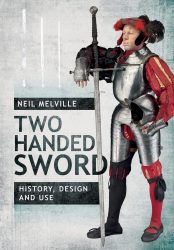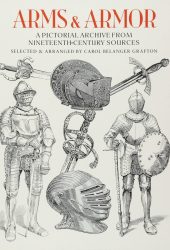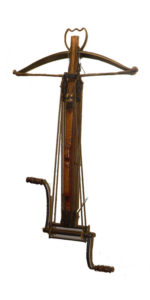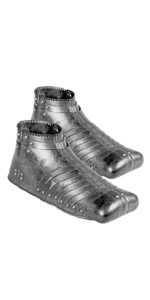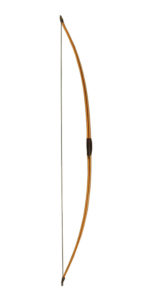The trebuchet was a powerful siege engine used before the advent of gunpowder. It is a catapult with a long arm that uses the mechanical advantage of a lever to throw a projectile.
Typically large compound machines (around 10 meters or 30 ft in height to as much as three times that), trebuchets were primarily of made wood, usually reinforced with metal, leather, rope, and other materials.
Counterweight trebuchets rarely moved and had to be assembled on-site, possibly using local lumber and key parts brought with the army to the siege or battle site.
History of the Trebuchet
The traction trebuchet, or mangonel, first appeared in China in the 4th century BC and was probably used by the Mohists. The mangonel used manpower to swing the arm and was soon adopted by the Byzantines in the late 6th century AD, where it replaced torsion powered siege engines such as the ballista and onager. The Persians incorporated it in the early 7th century, and the Arabs in the second half of the 7th century.
It’s believed that in Europe, the rapid replacement of previous siege engines was made possible by the deterioration of artillery expertise in the late Roman Empire. Christians and Muslims inhabiting the Mediterranean in the 12th century used a counterweight trebuchet to swing the arm.
The counterweight trebuchet has been described as the “most powerful weapon of the Middle Ages.“
Types of Trebuchet
Traction trebuchet
The traction trebuchet or mangonel was first recorded in use in ancient China. The traction trebuchet remained the primary siege weapon in the West until the 12th century when the counterweight trebuchet replaced it.
Hand-trebuchet
The hand-trebuchet was basically a one-person traction trebuchet used initially in Greece. It consisted of a staff sling mounted on a pole and used a lever mechanism to propel projectiles.
Hybrid trebuchet
A hybrid trebuchet uses both counterweight and human propulsion. Although no illustrations or descriptions of the device exist, their existence is deduced from accounts of increasingly more effective siege weapons. The earliest depiction of a hybrid trebuchet is dated to 1462 when trebuchets had already become obsolete due to cannons.
Counterweight trebuchet
It’s believed that counterweight trebuchets existed in both European and Muslim locations before 1187, but it was by the 1230s that it becomes a common item in siege warfare. We know that counterweight trebuchets were used in England at least by 1217. They didn’t completely replace traction trebuchets, smaller, lighter and cheaper, because they had to be constructed close to the siege site.
Using Trebuchets
A trebuchet is made of a long beam attached by an axle suspended high above the ground by a stout frame and base. This allows for the beam to rotate vertically through a wide arc (typically over 180°). At one end of the beam, a sling is attached to hold the projectile.
When the beam is quickly rotated by applying force to the opposite end of it, the projectile is thrown. Because the projectile section of the beam is much longer than the opposite section, the mechanical advantage is greater.
Counterweight trebuchets use gravity by storing potential energy by slowly raising an extremely heavy box filled with stones, sand, or lead. Traction trebuchets use human power, with people pulling ropes attached to the shorter end of the beam.
While counterweight trebuchets require significantly fewer men to operate than traction trebuchets, they also need more time to reload.
